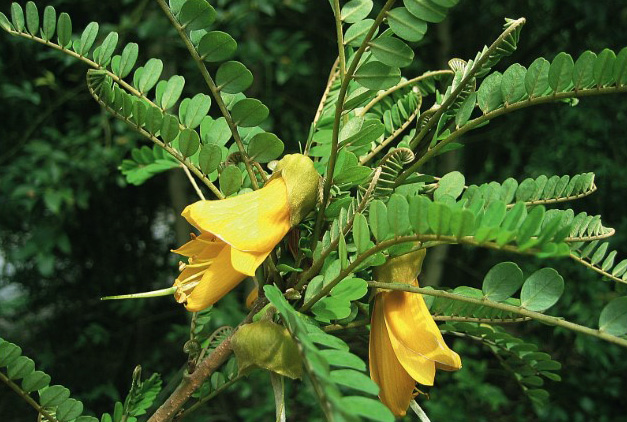Phytochemicals Matrine and Oxymatrine Show Strong Antiviral Promise Against Various Viruses Including SARS-CoV-2
Nikhil Prasad Fact checked by:Thailand Medical News Team Sep 14, 2025 3 months, 3 weeks, 1 day, 19 hours, 58 minutes ago
Medical News: Ancient Remedies with Modern Relevance
For centuries, herbal medicines have been used to fight illness. Now, science is confirming that some of these natural compounds may hold real potential in battling viral diseases that still challenge modern medicine. Researchers from Mashhad University of Medical Sciences in Iran, the Razi Vaccine and Serum Research Institute in Karaj, and the Agricultural Research, Education and Organization in Iran have turned their focus on two plant-derived alkaloids, matrine and oxymatrine, found in the Sophora plant family. According to this
Medical News report, these natural substances demonstrate powerful antiviral activity and could become valuable tools in the fight against diseases caused by both RNA and DNA viruses.
 Phytochemicals Matrine and Oxymatrine Show Strong Antiviral Promise Against Various Viruses Including SARS-CoV-2
How These Compounds Work
Phytochemicals Matrine and Oxymatrine Show Strong Antiviral Promise Against Various Viruses Including SARS-CoV-2
How These Compounds Work
Unlike many synthetic drugs that target viruses directly, matrine and oxymatrine work through several pathways. They can block viruses from attaching to cells, stop them from multiplying inside the body, and even prevent viral proteins from being expressed. Beyond these direct effects, they also strengthen the immune system by balancing the activity of immune cells, encouraging the body to produce antiviral cytokines, and calming harmful inflammatory responses. For example, oxymatrine was shown to boost the activity of cytotoxic T lymphocytes—immune cells that hunt down virus-infected cells. It also reduced markers of hepatitis B virus activity in animal and human studies. Similarly, matrine reduced lung and liver damage in COVID-19 models by dampening inflammatory pathways and helping cells survive viral attack.
Broad Spectrum of Effectiveness
The review highlights how matrine and oxymatrine have been tested against a wide range of viruses. These include hepatitis B and C, influenza, respiratory syncytial virus, porcine epidemic diarrhea virus, and even the coronavirus responsible for COVID-19. In some studies, when combined with existing antivirals such as lamivudine or interferon, they enhanced treatment effectiveness while reducing drug resistance. Researchers also reported that liposomal or nanoparticle-based delivery of these compounds improved how well the body absorbed them, suggesting a future for more efficient formulations.
What This Means for the Future
The results so far are promising, but the researchers stress that limitations remain. Many studies were small or performed only in lab or animal models. Questions about safety at higher doses, how these compounds move through the body, and their long-term effects still need answers. Clinical trials on larger populations will be essential before these natural products can be widely used in hospitals.
Still, the evidence points toward a powerful possibility. By combining both immune-boosting and virus-blocking effects, matrine and oxymatrine could become a new class of natural antivirals that support or even enhance current treatm
ents. If future research confirms their benefits, these herbal alkaloids could play an important role in protecting global health against old and emerging viral threats.
The study findings were published in the peer reviewed Journal of Functional Foods
https://www.sciencedirect.com/science/article/pii/S1756464625003615
For the latest on Antivirals, keep on logging to Thailand
Medical News.
Read Also:
https://www.thailandmedical.news/news/israeli-study-finds-etrog-citron-phytochemicals-are-potent-antivirals-against-many-viruses-including-sars-cov-2
https://www.thailandmedical.news/news/the-phytochemical-tetrandrine-emerges-as-powerful-blocker-against-all-sars-cov-2-variants
https://www.thailandmedical.news/news/philippine-medicinal-plants-show-strong-potential-against-covid-19
https://www.thailandmedical.news/articles/herbs-and-phytochemicals
